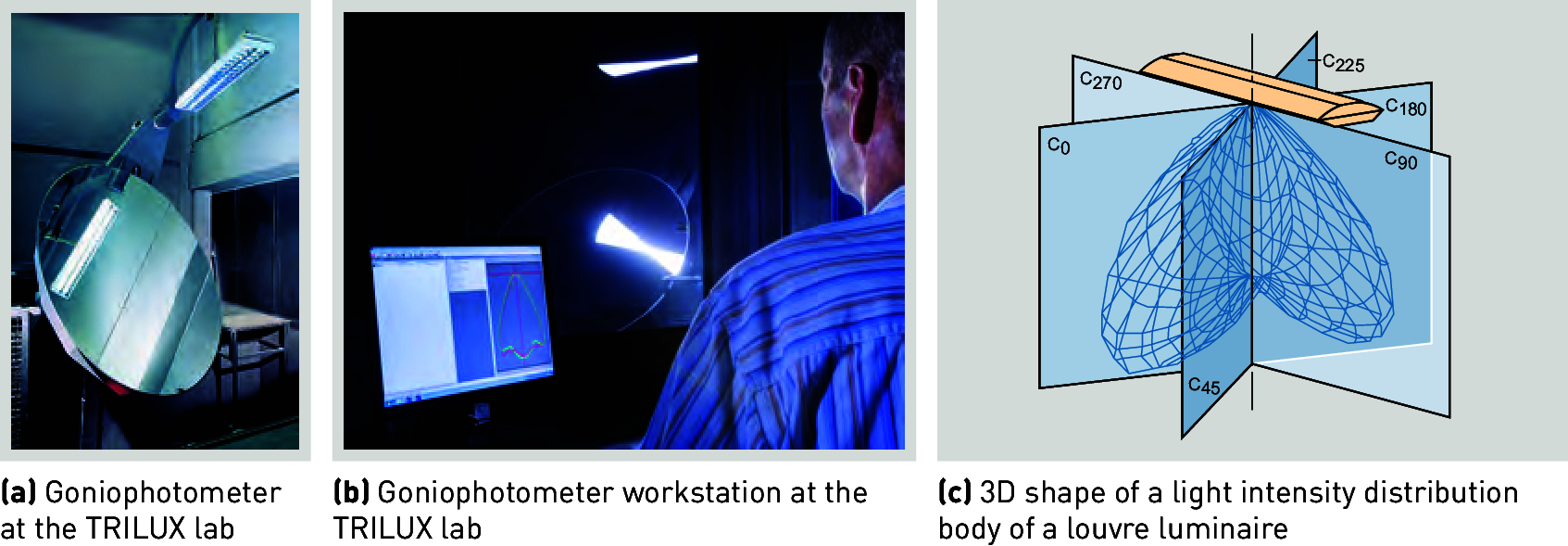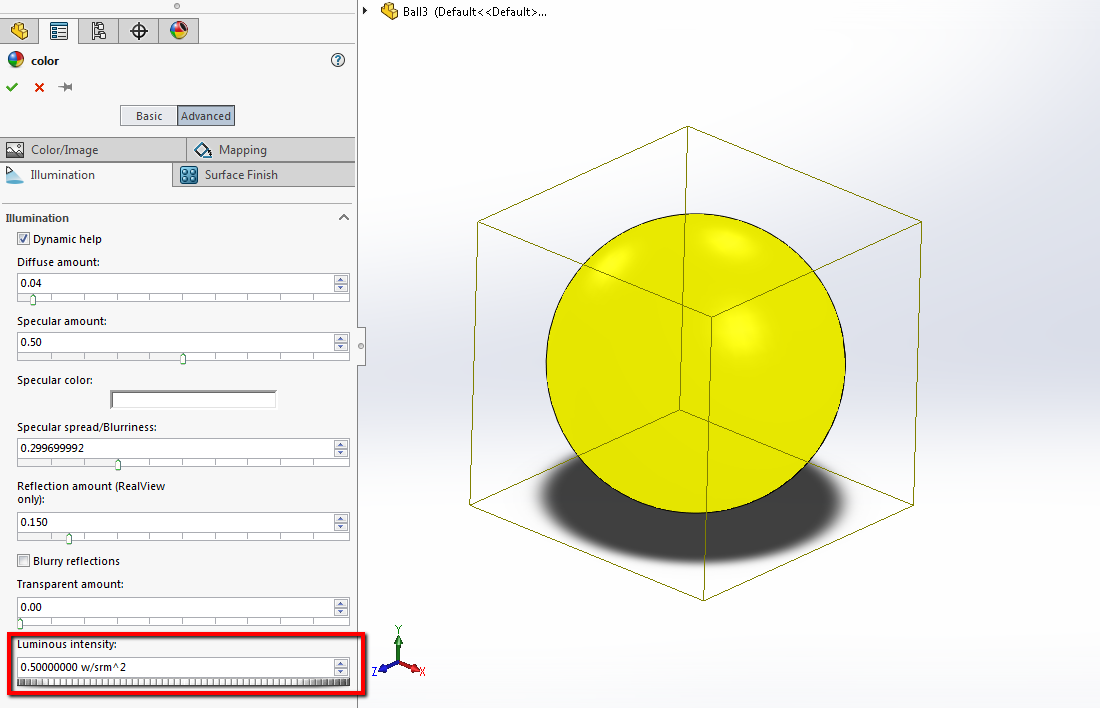

This is often given for LED spots with small beam angles. It is a transmission quantity that describes the radiated luminous flux in a defined direction. Now you have an overview of the light intensity in candela. The lumens lux calculator can help you with the conversion. The surface area is determined by the beam angle and the distance to the illuminant. The lux value indicates the luminous flux used to illuminate a defined surface. In contrast to candela, this is a reception quantity. Luminous flux (in lm) = luminous intensity (in cd) ⋅ solid angle (sr)

In order to get the luminous flux from the candela value, the formula can be changed accordingly: Candela vs LumensĪs seen in the candela formula, the luminous intensity results from the quotient of the lumen value and solid angle. I = Φ : Ω Correlations to other quantitiesīelow you will find the correlation between luminous intensity and other photometric quantities. Luminous intensity (in cd) = luminous flux (in lm) / solid angle (sr) The behavior can be illustrated graphically with a distribution curve of the luminous intensity.įormula to calculate luminous intensity in candela: In the horizontal plane, these have a uniform radiation, but in the vertical plane the angle is limited. This applies both to spots with narrow beam angles and to omnidirectional spotlights. The luminous intensity varies depending on the solid angle. Most LED lamps and other light sources do not radiate their light evenly all around. Since the luminous intensity describes the light emitted by a light source, it is also referred to as the transmission size. Sometimes the values are also given in milli-candela, i.e. It is a photometric quantity with the unit candela and the abbreviation cd. The luminous intensity of a light source describes the luminous flux in lumens emitted in a certain direction into the environment. What is the luminous intensity in candela?

Light intensity is a measure of the light density. Luminous flux is a measure of the total amount of light in a light beam. Lumen is therefore the unit to measure the brightness of a light source independently of the direction of the light beam. Luminous flux takes into account the sensitivity of the eye to the visible part of the electromagnetic radiation. It measures the total amount of light emitted by a light source in all directions. The lumen (symbol: lm) is the unit for luminous flux. In photometry, luminous intensity is a measure of the wavelength-weighted power emitted by a light source in a particular direction per unit solid angle, based on the luminosity function, a standardized model of the sensitivity of the human eye.


 0 kommentar(er)
0 kommentar(er)
